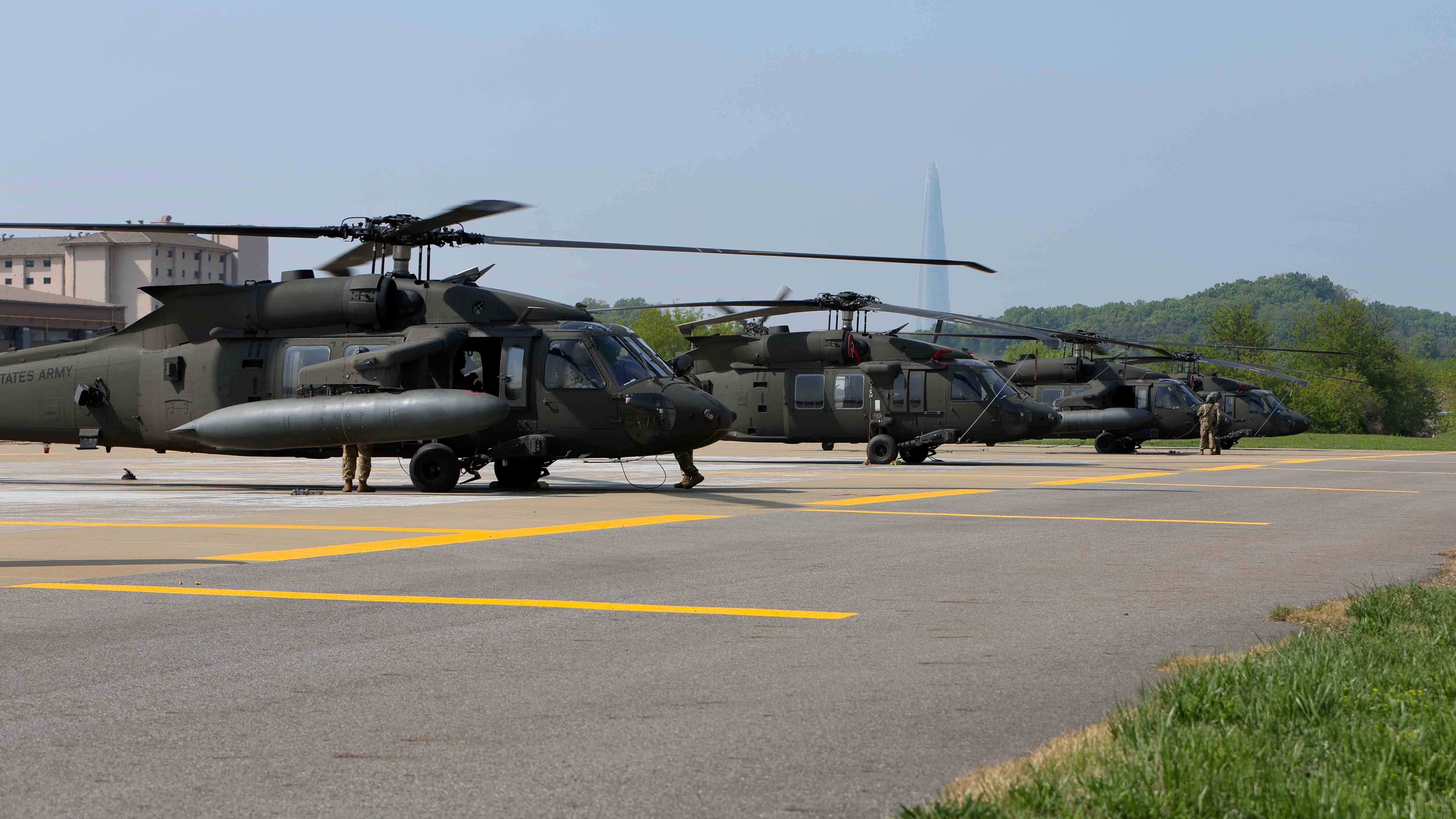Aviation Units Grounded After Deadly Crashes
Aviation Units Grounded After Deadly Crashes

Army aviation units will focus on safety and training during a forcewide stand-down ordered after 12 soldiers were killed in two deadly helicopter crashes.
Nine soldiers were killed March 29 when their HH-60 Black Hawk helicopters crashed near Fort Campbell, Kentucky, during training. On April 27, two AH-64 Apache helicopters collided near Fort Wainwright, Alaska, killing three soldiers and seriously injuring a fourth. Both incidents are still under investigation. The Army said there is no indication of any pattern between the two incidents.
Army Chief of Staff Gen. James McConville ordered the stand-down April 28. The order grounds all Army aviators, except those participating in critical missions, until they complete the required training, the Army announced.
“The safety of our aviators is our top priority, and this stand-down is an important step to make certain we are doing everything possible to prevent accidents and protect our personnel,” McConville said in a statement.
In addition to being the Army’s top officer, McConville is a senior Army aviator qualified in numerous aircraft. “During this stand-down, we will focus on safety and training protocols to ensure our pilots and crews have the knowledge, training and awareness to safely complete their assigned mission,” he said.
During the stand-down, the Army will review the risk approval/risk management process, the aviation maintenance training program, aircrew training standardization and management and supervisory responsibility. The Army also will also assess the flight-mission briefing process with an emphasis on risk mitigation, crew selection, flight planning, crew/flight briefings, debriefings and after-action reviews.
Active-duty units must complete the 24-hour stand-down by May 5. Army National Guard and Army Reserve units have until May 31. Army aviation units will resume normal operations following the stand-down, after any corrective actions are taken on issues identified in safety or training, the Army said in its statement.
“We are deeply saddened by those we have lost,” McConville said. “It is their loss that makes it all the more important we review our safety procedures and training protocols, and ensure we are training and operating at the highest levels of safety and proficiency.”

